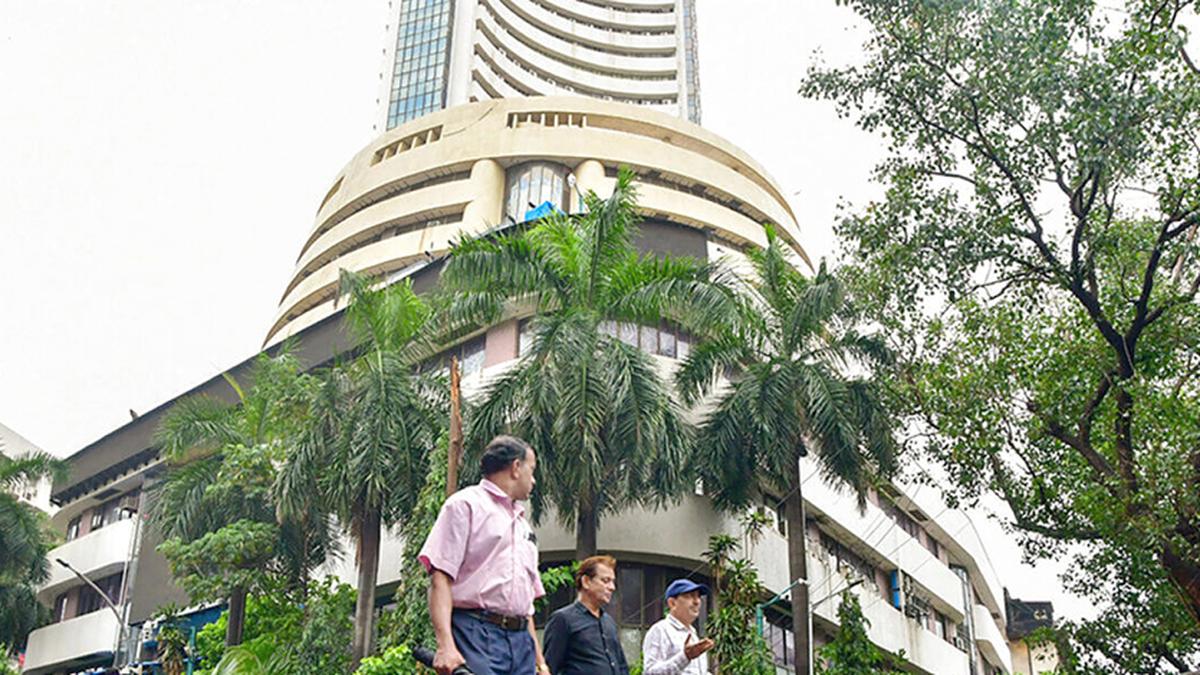
Markets always get election results right, but investors don’t
The Hindu
Indian elections are always a captivating spectacle. Given that India a multi-party democracy, predicting the winnder and loser is a challenging game. However, there’s no shortage of psephologists, both professional and amateurs, who indulge in this exercise.
Indian elections are always a captivating spectacle. Given that India a multi-party democracy, predicting the winnder and loser is a challenging game. However, there’s no shortage of psephologists, both professional and amateurs, who indulge in this exercise.
Since 1991, the results have been linked to economic programmes. As a result, stock market punters have shown greater interest than before.
Having participated in elections since 1977—as an onlooker, a voter (1983), and subsequently as a market participant (1991)—I’ve had a ringside view of how markets behaved during the election period leading up to the formation of a new government.
Since 1991, two principal forces (Congress and the Bharatiya Janata Party) have ruled for most of the time, except for a brief period of 2 years during the late 1990s. While Congress was in power for 15 years, BJP has been slightly longer in power at 16 years, with the Third Front having a short stint of 2 years.
Let’s delve into market movements during each of the elections, beginning from 1991.
1991: The prospective PM candidate, Rajiv Gandhi, was assassinated during the first phase, and the elections had to be postponed and held in two more phases. There was uncertainty all around, but the markets held steady and jumped just before the results day since they sensed a stable government would be formed. Congress was the single-largest party with 244 seats, BJP was the runner-up with 120. This government lasted its full term of 5 years, and this period saw the birth of economic liberalization.
1996: While investors expected Congress to come back to power since the liberalization measures initiated by Manmohan Singh and Narasimha Rao had started yielding results, the markets indicated otherwise. Markets won yet again. The BJP was the single largest party with 161 seats, while Congress was relegated to 2nd place with 140 seats while the Third Front had around 78 seats. It was a hung parliament and it was reflected in the market moves thereafter too.

Air India has signed an agreement with Bengaluru Airport City Limited (BACL), a subsidiary of Bangalore International Airport Limited (BIAL), to develop a built-to-suit facility for the AME program that will feature modern classrooms, well-equipped laboratories for practical training and a team of qualified trainers.










